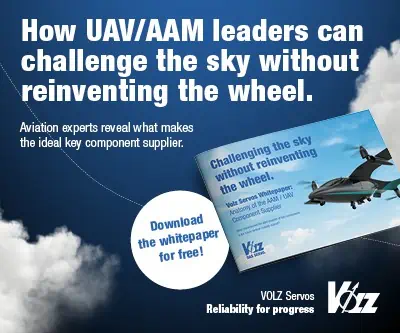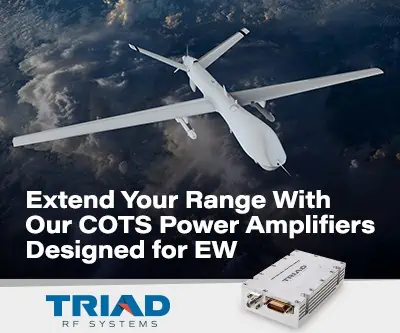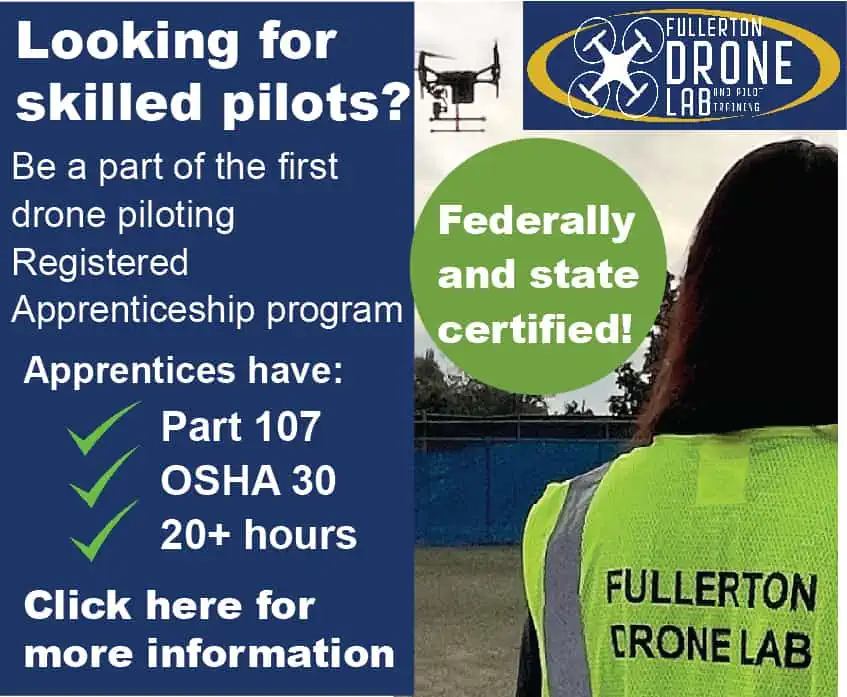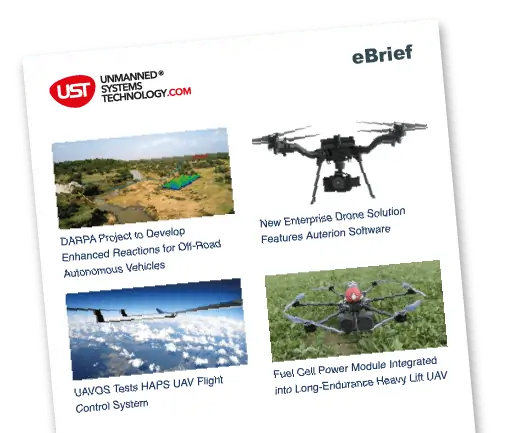 Total Safety U.S., Inc., a provider of safety and compliance services and products, has announced that the company has been granted regulatory exemption for commercial use of Unmanned Aircraft Systems (UAS) for operations involving the inspection of flare stacks. This makes Total Safety the only company approved to perform flare inspections on land using Unmanned Aircraft Systems and one of just 24 companies throughout the United States granted exemption from the Federal Aviation Administration (FAA) drone restrictions for specific commercial use.
Total Safety U.S., Inc., a provider of safety and compliance services and products, has announced that the company has been granted regulatory exemption for commercial use of Unmanned Aircraft Systems (UAS) for operations involving the inspection of flare stacks. This makes Total Safety the only company approved to perform flare inspections on land using Unmanned Aircraft Systems and one of just 24 companies throughout the United States granted exemption from the Federal Aviation Administration (FAA) drone restrictions for specific commercial use.
Flare maintenance is critical work that often requires expensive downtime. Typically, when regular inspection and maintenance are conducted on a flare, that unit or system must be taken offline or a temporary flare must be used to bypass it, which could mean hours or days with reduced or no production.
Flares can be several hundred feet tall and have discharge temperatures in excess of 2000F. In some cases it is not possible to shut the flare down to perform the inspection. When this situation occurs, there are risky options such as climbing a nearby structure or using a sky lift for a better view of the flare but this is dangerous work. Some may even choose to climb the flare while it is in operation. “Total Safety does not recommend the latter approach as it is extremely dangerous,” said General Manager of Total Safety Flare Services Lawrence Crynes of San Antonio.
A third alternative for inspecting active flares – using a helicopter for aerial inspection – comes with a high price tag.
“Typically chemical plants and refineries are no fly zones so making these visual inspections is only possible from a distance,” Crynes said. “But distance and other factors can compromise the effectiveness of an inspection and they are sometimes impossible to do because of weather, trees, wires, fencing and other restrictions.”
Drone technology enables Total Safety to easily move around and above the flare to examine it while it is in operation.
“Our goal is to check the mechanical integrity of the flare and visible components to help determine the need for repair or replacement,” Crynes said.
“Mechanical integrity has an impact on the safety of employees, the facility and the community,” he added. “Plus, a flare that is not performing properly, may also produce emissions that are outside regulatory requirements.”
Total Safety’s drone technology is a two-person operation and much less expensive than the other methods which often require three or more employees to perform the inspection. The company uses one technician to pilot the drone and another technician who wears special goggles that allow that him or her to see what the camera sees and take close-up, high-resolution photos and video for further study.
“This method is faster than other methods and provides an instant record of the inspection,” said Total Safety Downstream District Manager Chris Barton. “Set up for aerial inspection using a Total Safety drone is quick and easy, too.”


















